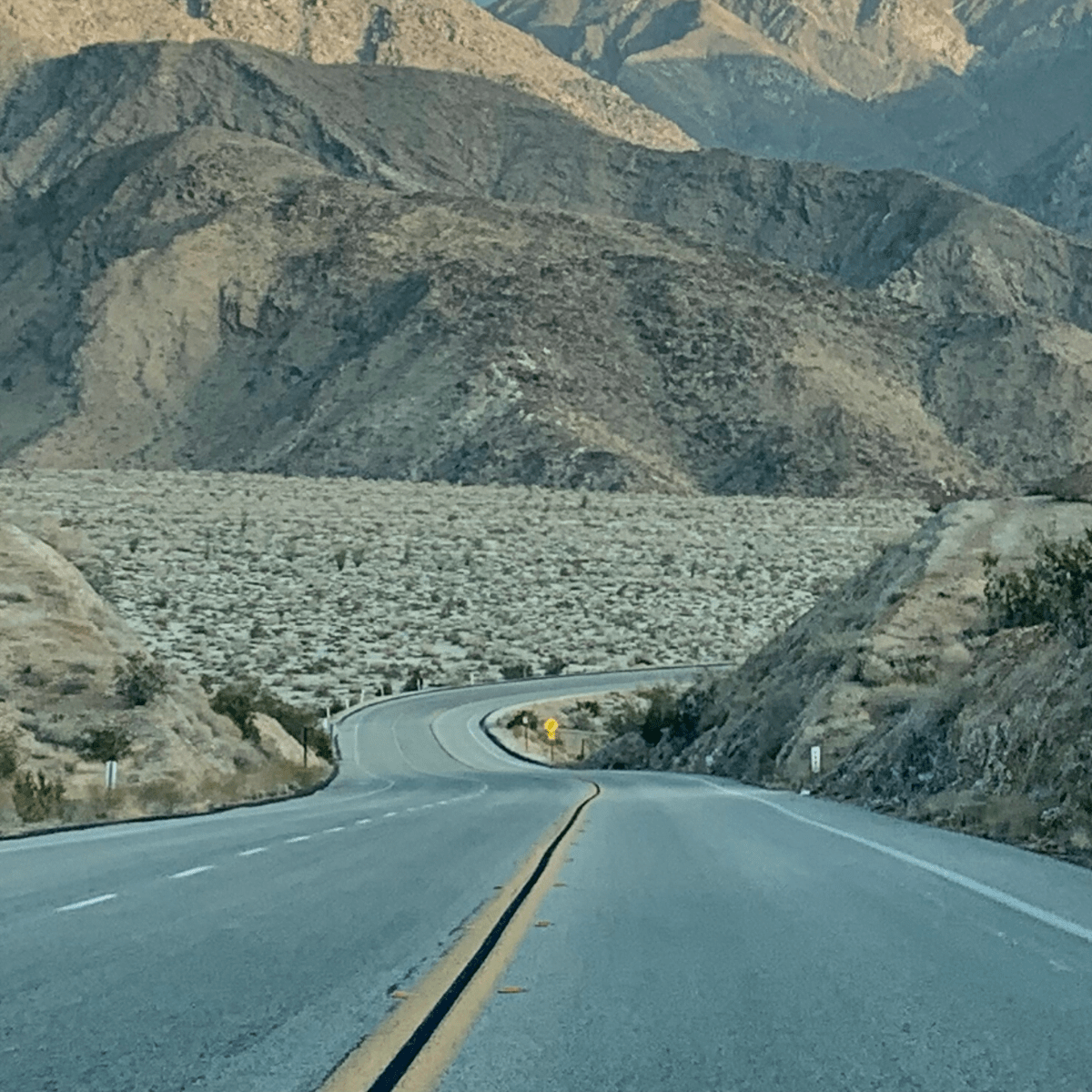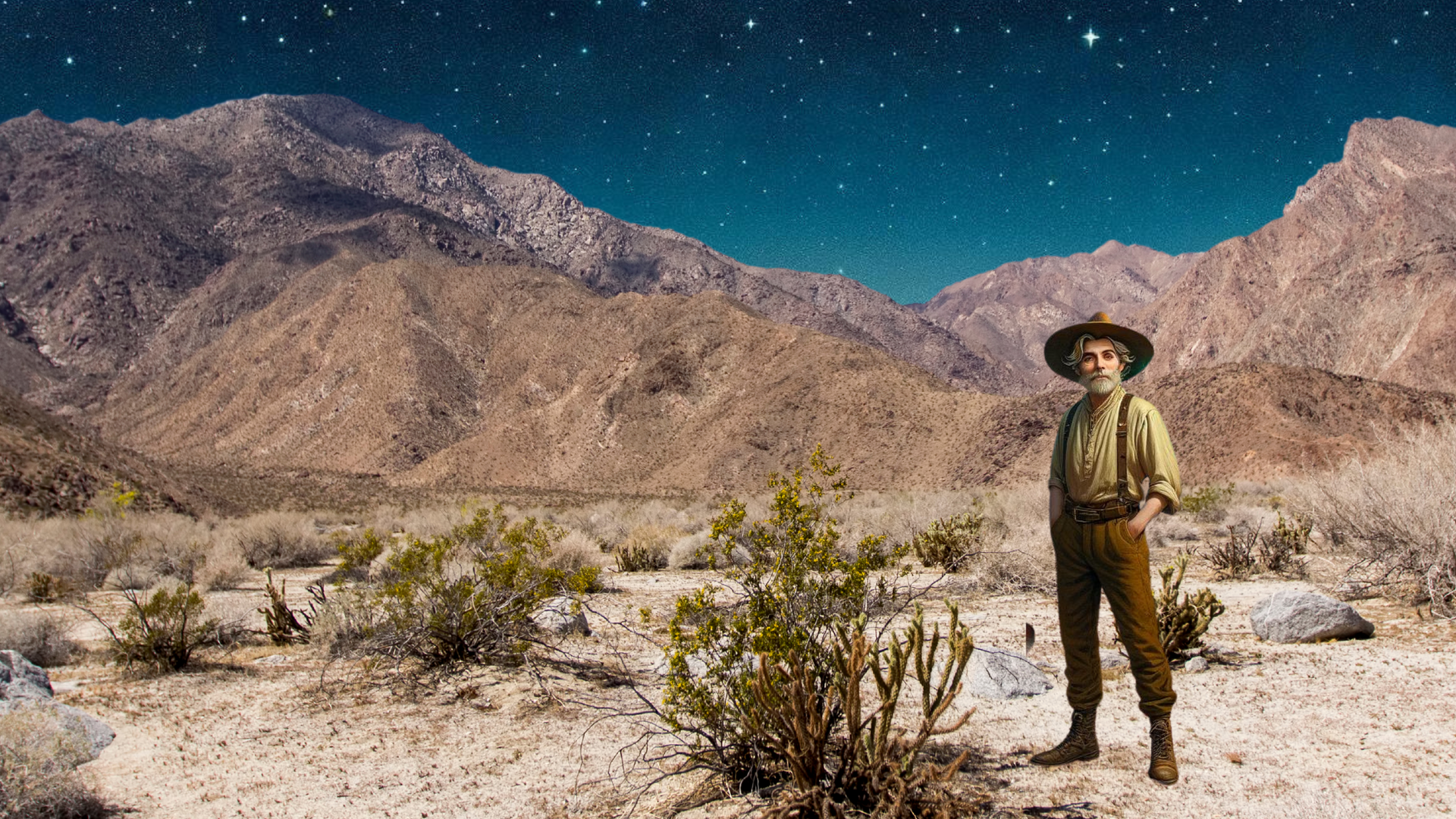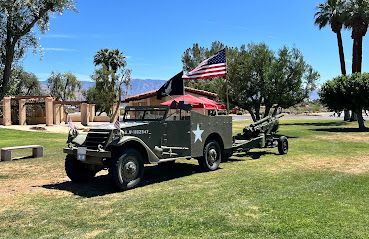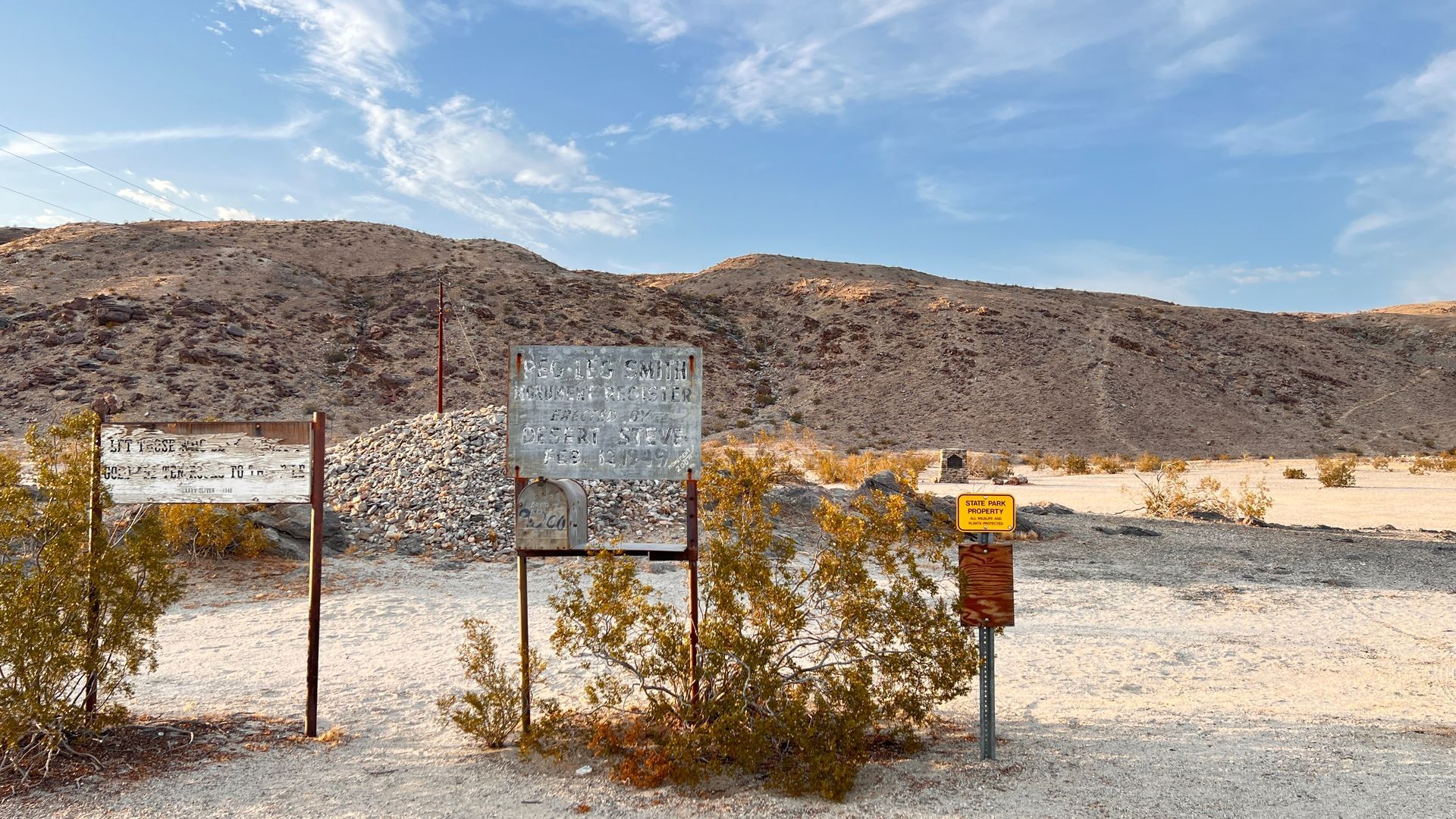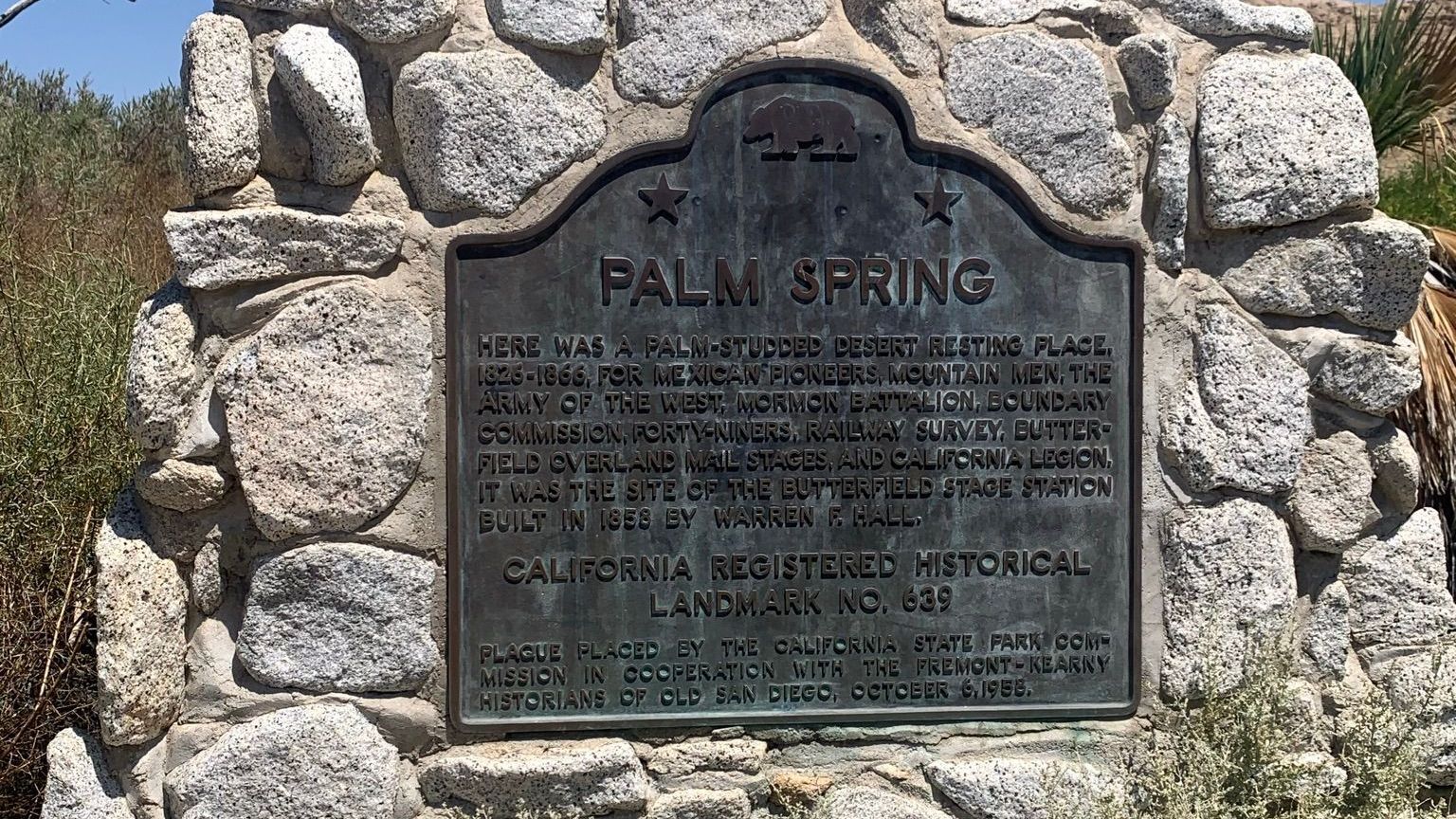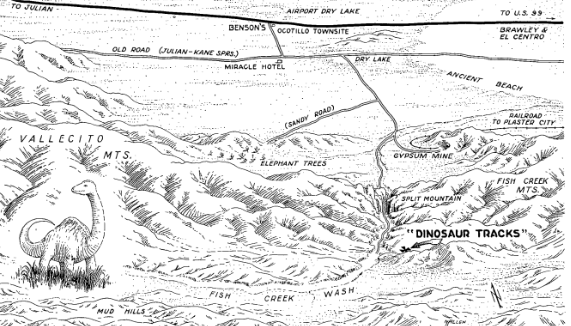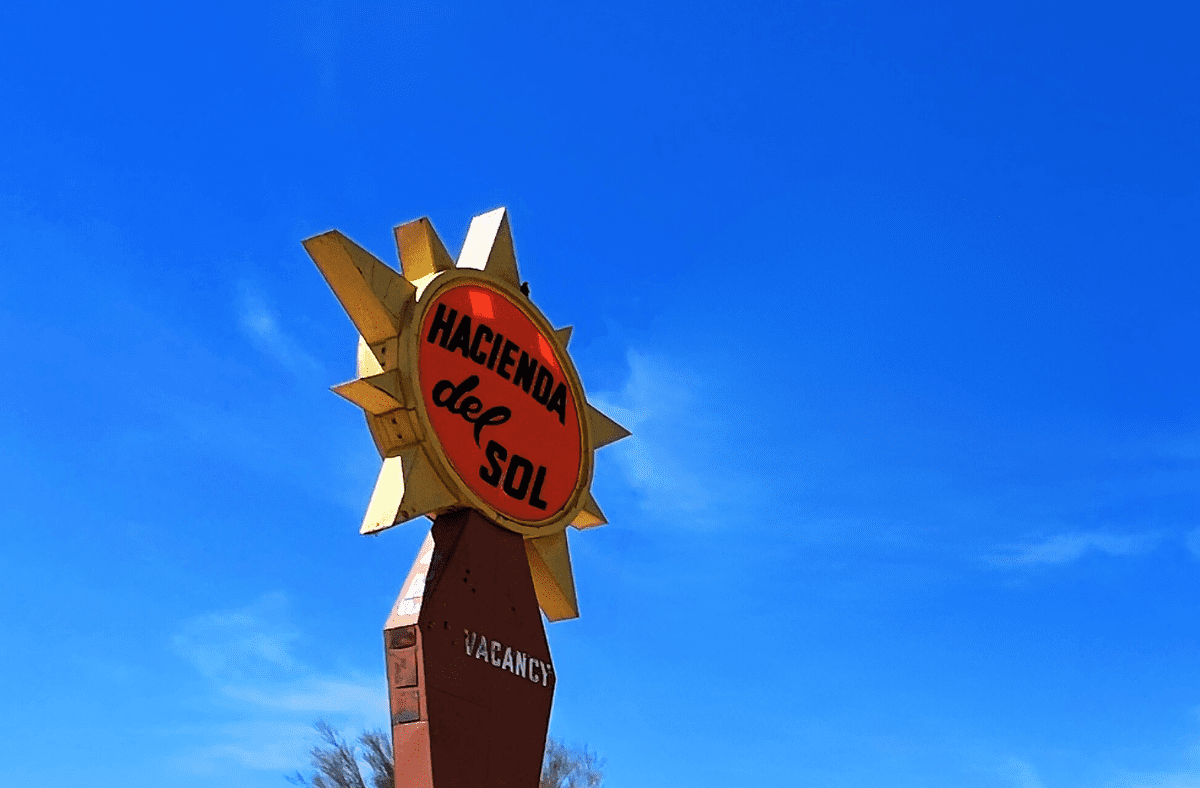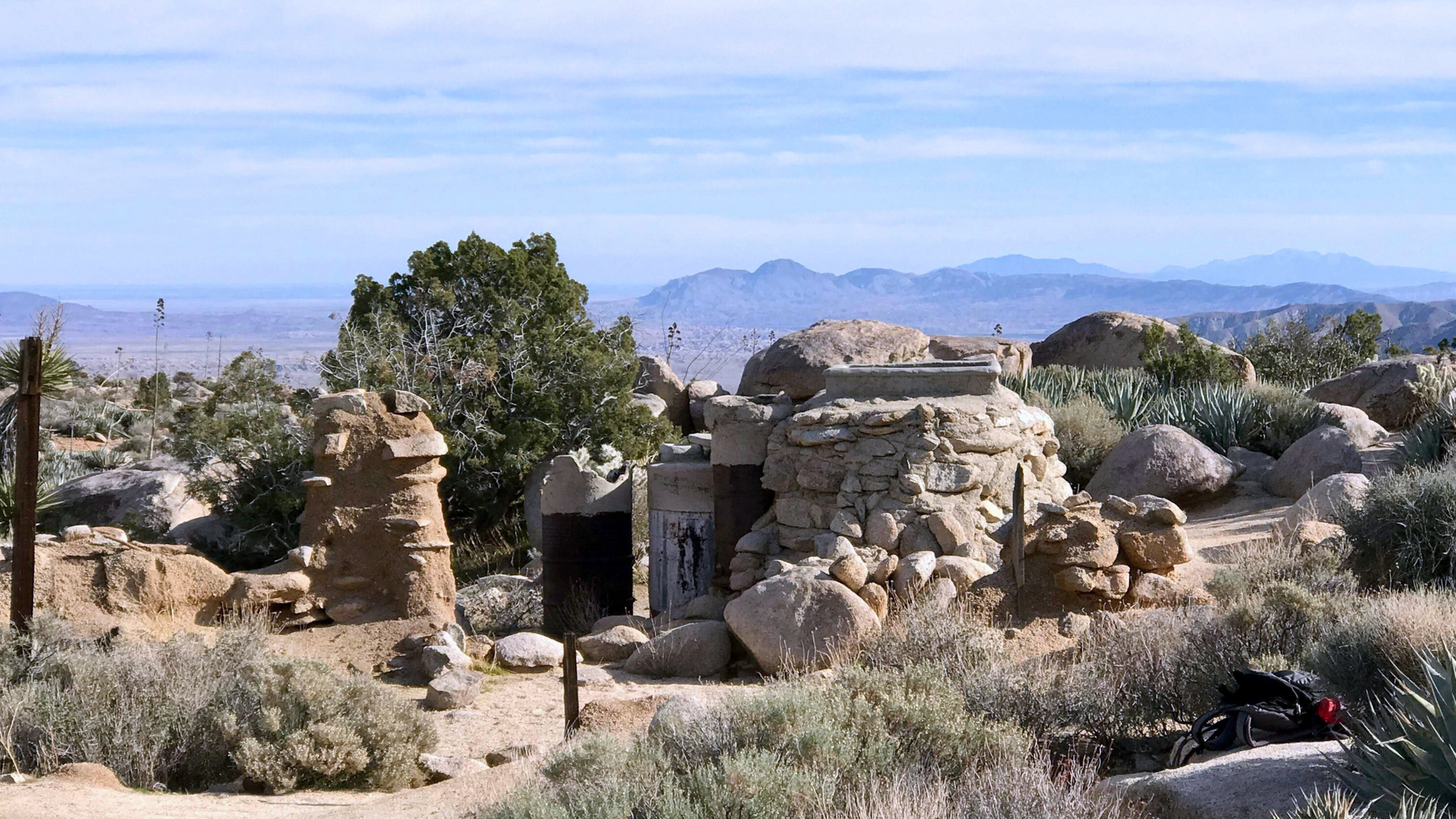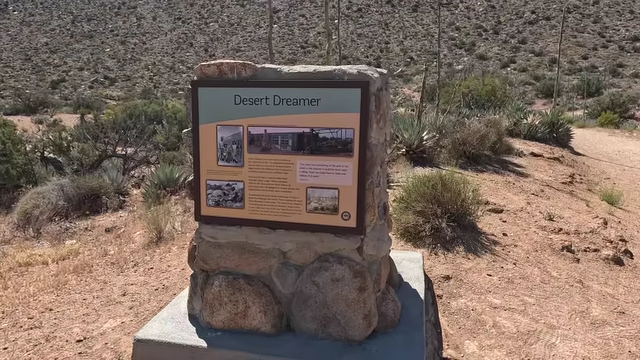Borrego Springs: A Desert Oasis Enriched by Dates
Share

Borrego Springs: A Desert Oasis Enriched by Dates
Nestled in Eastern San Diego County, the village of Borrego Springs occupies a unique position in both geography and history. This basin of interior drainage, devoid of perennial streams, stretches about 8 miles long and 15 miles wide. The topography, characterized by flat to gently rolling land and alluvial soils, creates an ideal setting for agriculture, despite the challenges posed by limited and overexploited groundwater resources. The desert climate here has proven to be particularly suitable for producing dates, a fruit that has become synonymous with the region’s identity.
From Native Settlers to a Hub of Agriculture and Tourism
Borrego Springs, originally settled by Native Americans, transitioned through phases of livestock ranching and citrus fruit cultivation. Today, the village is a vibrant mix of tourism and agriculture, uniquely surrounded by the public lands of Anza-Borrego Desert State Park, established in 1933. This peculiar arrangement of private land holdings completely enveloped by public land adds a distinctive character to Borrego Springs, setting it apart from other agricultural communities.
The Dawn of Date Cultivation in Borrego Springs
The journey of date palms in Borrego Springs began in 1917 on T. O. Fewell’s ranch, located in the central part of the valley. However, the first significant step towards commercial cultivation was made by Charles R. Crane and O. H. Ensign, pioneering landowners who introduced commercial date growing to the valley in the late 1920s. They brought in 547 offshoots from Coachella Valley, California, and Yuma, Arizona. These included major varieties like Deglet Noor and Zahidi, along with minor varieties like Amhat, Halawy, Hayany, Iteema, Khadrawy, Khustay, Rhars, Saidy, Tazizoot, and Thoory. The goal was to determine which varieties were best suited to the unique climate of Borrego Springs.
The Ensign Ranch: A Pillar of Date Production
In 1933, the Ensign Ranch established a formal orchard, initially covering 20 acres and later expanding to 35 acres. This orchard, at standard planting densities, contained around 1,750 date palms. The ranch operated a retail roadside date stand and also transported the bulk of its production to the Coachella Valley for sale in the wholesale market.
The Rise and Fall of Commercial Date Growing
Commercial date fruit production in San Diego County was first officially reported in 1940, with Borrego Springs contributing significantly to this output. However, by the mid-1950s, commercial date production ceased, and the Ensign Ranch was sold in 1957. Remnants of this once-thriving date palm population still mark the landscape near the present-day Borrego Springs Resort.
A Resurgence in Date Cultivation
After a hiatus of about 40 years, Borrego Springs witnessed a resurgence in commercial date fruit production, likely in the 1990s. This resurgence focused on the Medjool variety, with small plots of palms planted in the northeastern part of the valley. The cultivation involved intercropping date palms with grapefruit trees, a practice unusual in American date cultivation.
The Changing Landscape of Date Palms in Borrego Springs: Water Challenges and Adaptation
Borrego Springs, a quaint village in Eastern San Diego County known for its date palms, faces significant water challenges that cast uncertainty on the future of date palm cultivation in the area. This community, while thriving on a mix of tourism and agriculture, must now navigate a critical water crisis.
Borrego Springs’ Water Crisis: A Balancing Act for Survival
The aquifer beneath Borrego Springs is critically over-drafted, leading to a dire water crisis. The Sustainable Groundwater Management Act (SGMA) of 2017 mandates Borrego to become water sustainable by 2040, meaning the water inflow must equal outflow. To achieve this, large farmers, resort owners, and the town’s water district must cut water use by 74% by 2040, a significant reduction necessary to keep the town of 3,000 alive.
Farming, particularly citrus and palm ranches in northern Borrego Springs, has been identified as a major factor in the depletion of the underground lake. The extent of water extraction by these farms is far beyond what the state is likely to allow in the future.
Efforts to Address the Water Shortage
In response to this crisis, the Borrego Springs community is working together to develop a sustainable water use plan. The Board of Supervisors has advanced a proposed ordinance amendment to align with a court ruling on water rights in the Borrego Springs community. This ruling includes a 70% reduction in groundwater use by 2040 to comply with the SGMA.
The Borrego Springs Watermaster, a committee that includes area representatives, has been granted the authority to manage groundwater in the basin. The Borrego Water District is also securing water rights to ensure the existing community does not have to reduce its water use significantly.
Community Response and Adaptation
Despite the challenging situation, the Borrego Springs community remains hopeful and proactive. Civic leaders and residents are evaluating ways to live within the constraints of their remote locale, seeking to balance environmental, social, and economic priorities. Their goal is a thriving, resilient future that maintains the unique character of Borrego Springs amidst these challenges.
Supervisor Jim Desmond commended the community’s effort to collaboratively develop a plan for sustainable water use, describing it as “creative and constructive,” especially given the challenges around groundwater use.
The Future of Date Palms in Borrego Springs
The future of date palm cultivation in Borrego Springs is intertwined with the broader issue of water sustainability. As the community strives to adapt and manage its limited water resources, the fate of this iconic industry remains uncertain. The coming years will be crucial in determining whether date palms continue to be a defining feature of Borrego Springs or become a part of its history, remembered for their once-flourishing presence in this desert oasis.
Timeline: The Evolution of Date Palm Cultivation in Borrego Springs
- 1917: Date palm cultivation begins in Borrego Springs on T. O. Fewell’s ranch, located in the central part of the valley.
- Late 1920s: Charles R. Crane and O. H. Ensign, pioneering landowners, introduce commercial date growing to the valley. They import 547 offshoots from Coachella Valley, California, and Yuma, Arizona, including major and minor date varieties.
- 1933: Establishment of a formal date palm orchard on the Ensign Ranch, initially covering 20 acres and later expanding to 35 acres.
- 1940: Commercial date fruit production in San Diego County is officially reported for the first time, with Borrego Springs playing a significant role.
- Mid-1950s: Commercial date production ceases, and the Ensign Ranch is sold in 1957.
- 1970s-1980s: A period of little to no commercial date cultivation in Borrego Springs.
- 1990s: Resurgence in commercial date fruit production, focusing on the Medjool variety. Small plots of date palms are established in the northeastern part of the valley.
- 2017: The Sustainable Groundwater Management Act (SGMA) is enacted, mandating Borrego Springs to become water sustainable by 2040.
- Early 21st Century: The Borrego Springs community faces a critical water crisis due to the over-drafted aquifer and works towards developing a sustainable water use plan.
- 2023 and Beyond: The future of date palm cultivation in Borrego Springs remains uncertain due to water challenges, with efforts ongoing to manage limited water resources sustainably.
